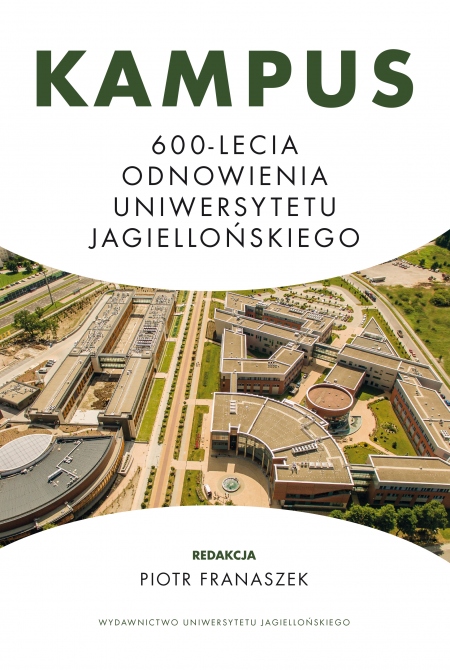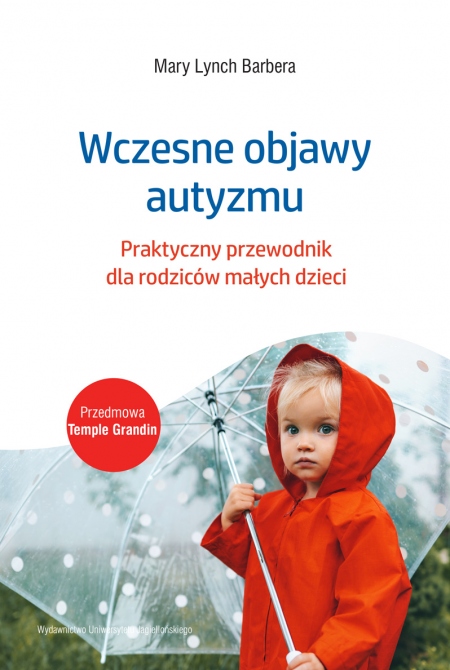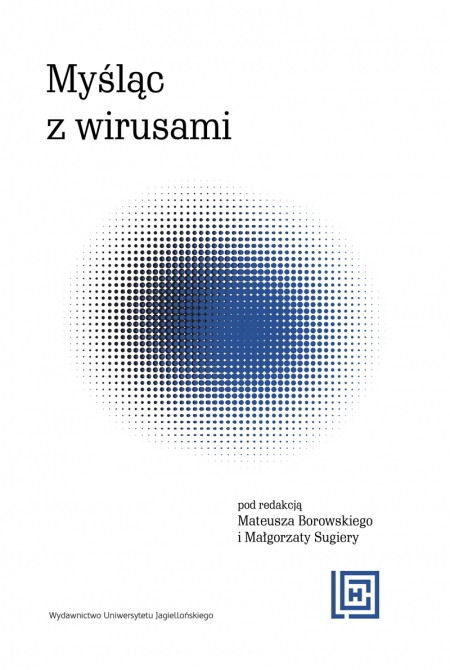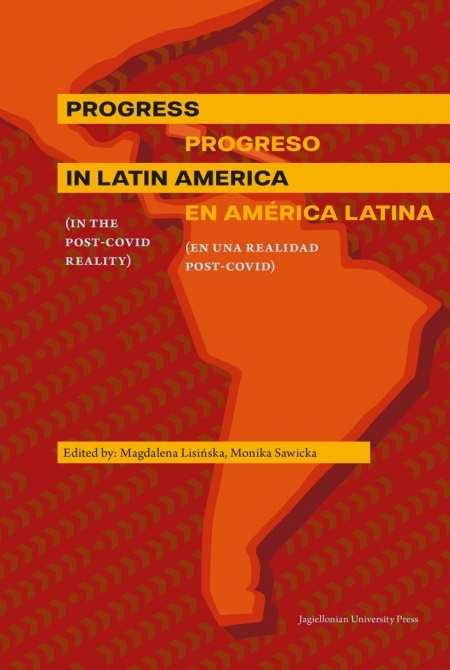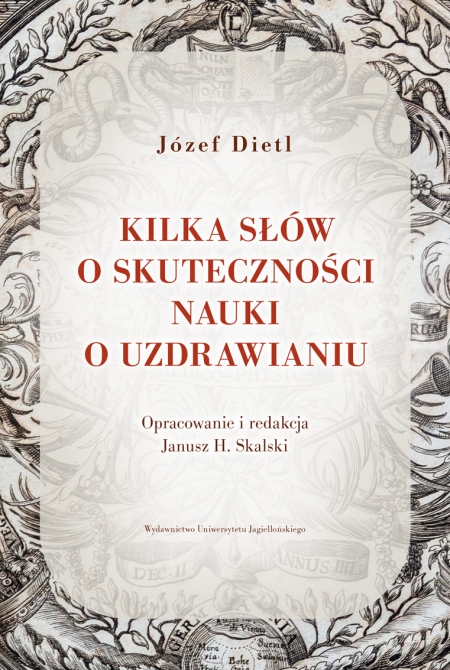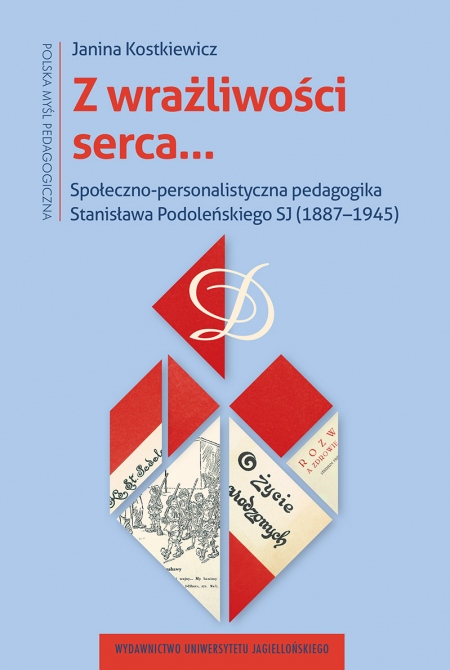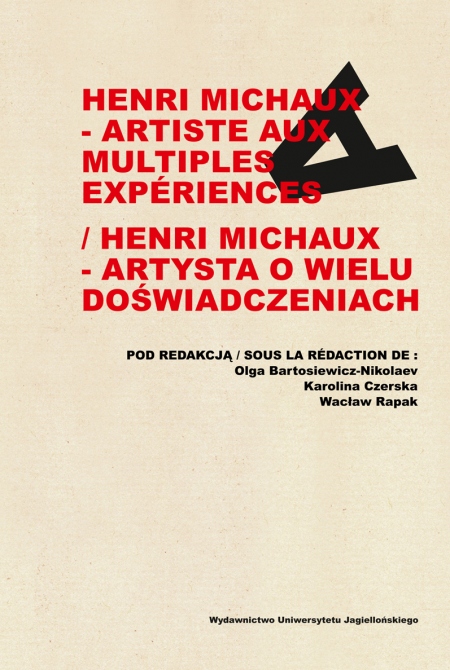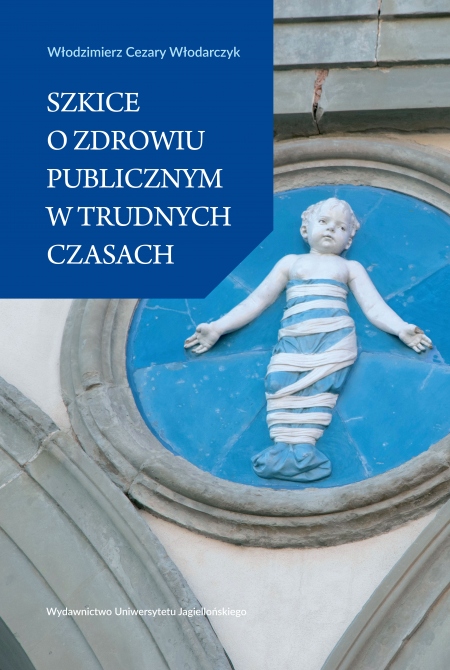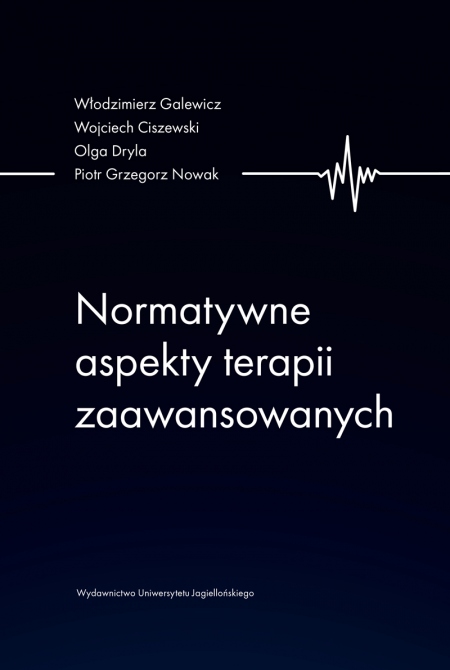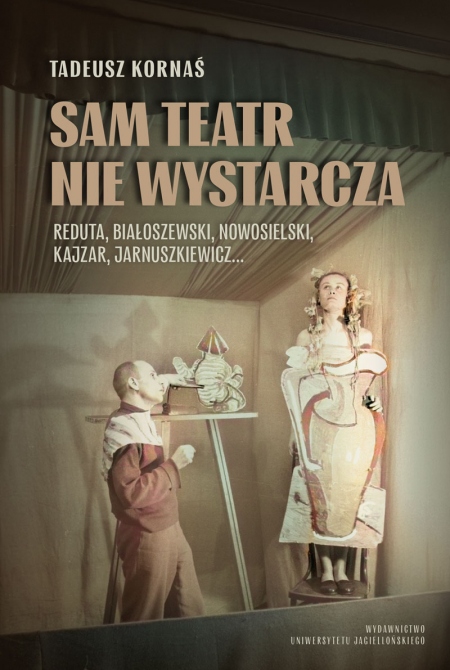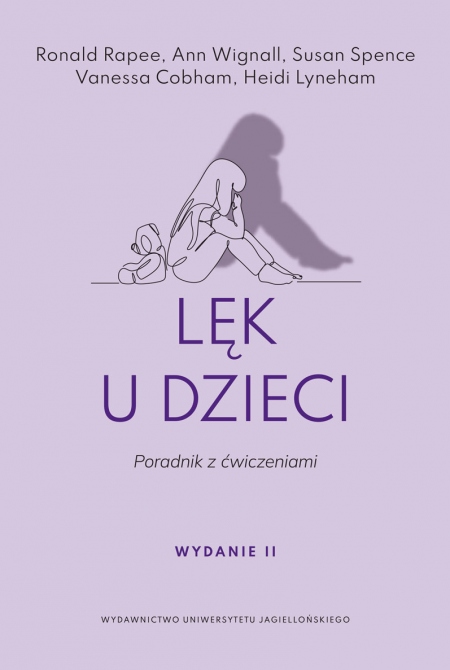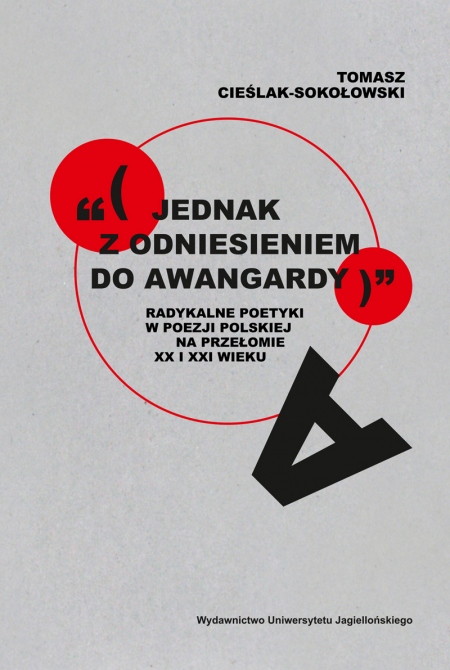The Realisation of Concession in the Discourse of Judges
A Genre Perspective
Liczba stron: 242
Format: B5
Rok wydania: 2013
Data premiery: 13.01.2014
Opis książki
Complementing other studies on judicial discourse, this book investigates previously unexplored areas, focusing on the realisation of Concession in the genre of judgment. In addition to providing a review of approaches to concessivity as well as legal and linguistic perspectives on argumentation, the analysis draws on genre studies and follows a genre-based view of legal language. It shows the way in which the Concessive relation is deployed by last-instance courts, as revealed by an examination of EU and Polish judgments. In what constitutes a pioneering attempt to identify tripartite Concessive patterns in written data, the author breaks away from the traditional view of written legal discourse seen as static and monologic communication. Instead, she offers insights into the linguistic construction of judicial argumentation, seen as a “mute dialogue” with the addressee, highlighting recurrent argumentative schemata and related discourse signals and functions. Combining quantitative and qualitative approaches, the analysis demonstrates that the dialogic model of Concession, designed as a tool for an examination of talk-in-interaction, can be successfully applied in an investigation of written data. The book is aimed at students and researchers with interests in legal discourse, genre analysis and argumentation studies.
Język publikacji
Angielski / English
Autorzy
Magdalena Szczyrbak
POLECANE KSIĄŻKI
NOWOŚCI
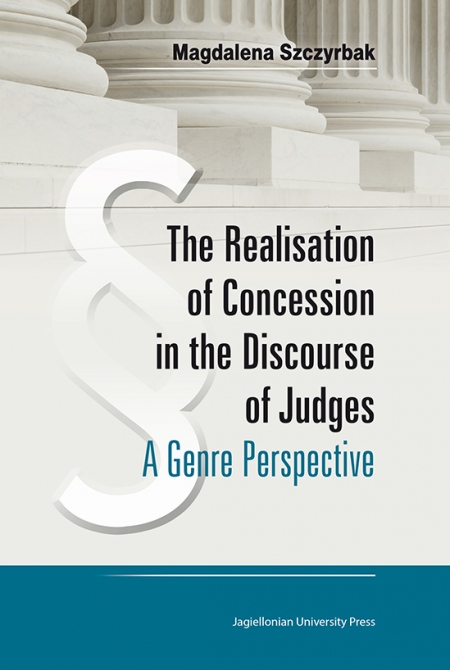
The Realisation of Concession in the Discourse of Judges
A Genre Perspective
SPIS TREŚCI
List of Contents
INTRODUCTION 11
PART I. THEORETICAL CONSIDERATIONS 15
CHAPTER ONE. CONCESSION: AN OVERVIEW OF APPROACHES 17
1.1. Semantic-syntactic approach to concession 17
1.1.1. Defining concessive connection 17
1.2 CONCESSION as a relation in Rhetorical Structure Theory 28
1.2.1. Text relations in RST 28
1.2.2. Defining CONCESSION in RST 31
1.3 Discourse-pragmatic concept of Concession 35
1.3.1. Defi ning Concession as an interactional sequence 35
1.3.2. Concessive moves 40
1.3.3. Concessive schemata 49
1.3.4. Pragmatic marking of Concession 55
CHAPTER TWO. JUDICIAL ARGUMENTATION: LEGAL AND LINGUISTIC PERSPECTIVES 59
2.1. Subject-matter of argumentative discourse studies 59
2.2. Historical background of argumentative discourse studies 61
2.3. Defining legal and judicial argumentation 63
2.4. Theories of legal argumentation 65
2.4.1. Historical perspective on legal argumentation 66
2.4.2. Pragma-dialectical perspective on legal argumentation 73
2.4.2.1. General assumptions of the pragma-dialectical theory of argumentation 74
2.4.2.2. Application of the pragma-dialectical theory of argumentation in the legal context 77
CHAPTER THREE. ANALYSING GENRE: METHODOLOGICAL ISSUES 83
3.1. Defining discourse 83
3.2. Discourse community revisited 87
3.3. Genre 90
3.3.1. Defining genre 90
3.3.2. Analysing genre 93
3.4. Genre-based view of legal discourse 96
3.5. Analysing the genre of judgment 103
PART II. THE REALISATION OF CONCESSION IN THE GENRE OF JUDGMENT 109
CHAPTER FOUR. CONCEPT OF THE STUDY AND THE DATA 111
4.1. Research objectives 111
4.2. Research questions 112
4.3. Procedure 113
4.4. Corpus design and the source of data 114
4.5. Contextual analysis of the genre of judgment 118
4.5.1. Generic structure of judgments in the corpus 125
CHAPTER FIVE. ANALYSIS OF THE DATA 129
5.1. Concessive schemata 129
5.1.1. Identification of monologic schemata: pseudo-dyadic and monadic patterns 129
5.2. Concessive moves 133
5.2.1. Identifi cation of moves: acknowledgments and counterclaims 133
5.2.2. Distribution of acknowledgments and counterclaims 135
5.3. Signalling associated with Concession 139
5.3.1. Categories of Concessive signals recognised in the corpus 140
5.3.2. Frequency of occurrence of Concessive signals in the corpus 149
5.3.3. Distribution of Concessive signals in the moves 153
5.3.4. Co-occurrence of Concessive signals 159
5.4. Metafunctions of Concessive moves 164
5.4.1. Ideational metafunctions of Concessive moves 165
5.4.2. Interpersonal metafunctions of Concessive moves 169
5.4.3. Textual metafunctions of Concessive moves 177
5.4.4. Function-form correlation: Co-occurrence of Concessive signals and metafunctions 180
5.5. Corpus data against previous findings 189
CONCLUSIONS 203
LIST OF FIGURES 211
LIST OF TABLES 213
APPENDICES
Appendix 1a 215
Appendix 1b 217
Appendix 2 219
REFERENCES 225
INTRODUCTION 11
PART I. THEORETICAL CONSIDERATIONS 15
CHAPTER ONE. CONCESSION: AN OVERVIEW OF APPROACHES 17
1.1. Semantic-syntactic approach to concession 17
1.1.1. Defining concessive connection 17
1.2 CONCESSION as a relation in Rhetorical Structure Theory 28
1.2.1. Text relations in RST 28
1.2.2. Defining CONCESSION in RST 31
1.3 Discourse-pragmatic concept of Concession 35
1.3.1. Defi ning Concession as an interactional sequence 35
1.3.2. Concessive moves 40
1.3.3. Concessive schemata 49
1.3.4. Pragmatic marking of Concession 55
CHAPTER TWO. JUDICIAL ARGUMENTATION: LEGAL AND LINGUISTIC PERSPECTIVES 59
2.1. Subject-matter of argumentative discourse studies 59
2.2. Historical background of argumentative discourse studies 61
2.3. Defining legal and judicial argumentation 63
2.4. Theories of legal argumentation 65
2.4.1. Historical perspective on legal argumentation 66
2.4.2. Pragma-dialectical perspective on legal argumentation 73
2.4.2.1. General assumptions of the pragma-dialectical theory of argumentation 74
2.4.2.2. Application of the pragma-dialectical theory of argumentation in the legal context 77
CHAPTER THREE. ANALYSING GENRE: METHODOLOGICAL ISSUES 83
3.1. Defining discourse 83
3.2. Discourse community revisited 87
3.3. Genre 90
3.3.1. Defining genre 90
3.3.2. Analysing genre 93
3.4. Genre-based view of legal discourse 96
3.5. Analysing the genre of judgment 103
PART II. THE REALISATION OF CONCESSION IN THE GENRE OF JUDGMENT 109
CHAPTER FOUR. CONCEPT OF THE STUDY AND THE DATA 111
4.1. Research objectives 111
4.2. Research questions 112
4.3. Procedure 113
4.4. Corpus design and the source of data 114
4.5. Contextual analysis of the genre of judgment 118
4.5.1. Generic structure of judgments in the corpus 125
CHAPTER FIVE. ANALYSIS OF THE DATA 129
5.1. Concessive schemata 129
5.1.1. Identification of monologic schemata: pseudo-dyadic and monadic patterns 129
5.2. Concessive moves 133
5.2.1. Identifi cation of moves: acknowledgments and counterclaims 133
5.2.2. Distribution of acknowledgments and counterclaims 135
5.3. Signalling associated with Concession 139
5.3.1. Categories of Concessive signals recognised in the corpus 140
5.3.2. Frequency of occurrence of Concessive signals in the corpus 149
5.3.3. Distribution of Concessive signals in the moves 153
5.3.4. Co-occurrence of Concessive signals 159
5.4. Metafunctions of Concessive moves 164
5.4.1. Ideational metafunctions of Concessive moves 165
5.4.2. Interpersonal metafunctions of Concessive moves 169
5.4.3. Textual metafunctions of Concessive moves 177
5.4.4. Function-form correlation: Co-occurrence of Concessive signals and metafunctions 180
5.5. Corpus data against previous findings 189
CONCLUSIONS 203
LIST OF FIGURES 211
LIST OF TABLES 213
APPENDICES
Appendix 1a 215
Appendix 1b 217
Appendix 2 219
REFERENCES 225
SPIS TREŚCI
List of Contents
INTRODUCTION 11
PART I. THEORETICAL CONSIDERATIONS 15
CHAPTER ONE. CONCESSION: AN OVERVIEW OF APPROACHES 17
1.1. Semantic-syntactic approach to concession 17
1.1.1. Defining concessive connection 17
1.2 CONCESSION as a relation in Rhetorical Structure Theory 28
1.2.1. Text relations in RST 28
1.2.2. Defining CONCESSION in RST 31
1.3 Discourse-pragmatic concept of Concession 35
1.3.1. Defi ning Concession as an interactional sequence 35
1.3.2. Concessive moves 40
1.3.3. Concessive schemata 49
1.3.4. Pragmatic marking of Concession 55
CHAPTER TWO. JUDICIAL ARGUMENTATION: LEGAL AND LINGUISTIC PERSPECTIVES 59
2.1. Subject-matter of argumentative discourse studies 59
2.2. Historical background of argumentative discourse studies 61
2.3. Defining legal and judicial argumentation 63
2.4. Theories of legal argumentation 65
2.4.1. Historical perspective on legal argumentation 66
2.4.2. Pragma-dialectical perspective on legal argumentation 73
2.4.2.1. General assumptions of the pragma-dialectical theory of argumentation 74
2.4.2.2. Application of the pragma-dialectical theory of argumentation in the legal context 77
CHAPTER THREE. ANALYSING GENRE: METHODOLOGICAL ISSUES 83
3.1. Defining discourse 83
3.2. Discourse community revisited 87
3.3. Genre 90
3.3.1. Defining genre 90
3.3.2. Analysing genre 93
3.4. Genre-based view of legal discourse 96
3.5. Analysing the genre of judgment 103
PART II. THE REALISATION OF CONCESSION IN THE GENRE OF JUDGMENT 109
CHAPTER FOUR. CONCEPT OF THE STUDY AND THE DATA 111
4.1. Research objectives 111
4.2. Research questions 112
4.3. Procedure 113
4.4. Corpus design and the source of data 114
4.5. Contextual analysis of the genre of judgment 118
4.5.1. Generic structure of judgments in the corpus 125
CHAPTER FIVE. ANALYSIS OF THE DATA 129
5.1. Concessive schemata 129
5.1.1. Identification of monologic schemata: pseudo-dyadic and monadic patterns 129
5.2. Concessive moves 133
5.2.1. Identifi cation of moves: acknowledgments and counterclaims 133
5.2.2. Distribution of acknowledgments and counterclaims 135
5.3. Signalling associated with Concession 139
5.3.1. Categories of Concessive signals recognised in the corpus 140
5.3.2. Frequency of occurrence of Concessive signals in the corpus 149
5.3.3. Distribution of Concessive signals in the moves 153
5.3.4. Co-occurrence of Concessive signals 159
5.4. Metafunctions of Concessive moves 164
5.4.1. Ideational metafunctions of Concessive moves 165
5.4.2. Interpersonal metafunctions of Concessive moves 169
5.4.3. Textual metafunctions of Concessive moves 177
5.4.4. Function-form correlation: Co-occurrence of Concessive signals and metafunctions 180
5.5. Corpus data against previous findings 189
CONCLUSIONS 203
LIST OF FIGURES 211
LIST OF TABLES 213
APPENDICES
Appendix 1a 215
Appendix 1b 217
Appendix 2 219
REFERENCES 225
INTRODUCTION 11
PART I. THEORETICAL CONSIDERATIONS 15
CHAPTER ONE. CONCESSION: AN OVERVIEW OF APPROACHES 17
1.1. Semantic-syntactic approach to concession 17
1.1.1. Defining concessive connection 17
1.2 CONCESSION as a relation in Rhetorical Structure Theory 28
1.2.1. Text relations in RST 28
1.2.2. Defining CONCESSION in RST 31
1.3 Discourse-pragmatic concept of Concession 35
1.3.1. Defi ning Concession as an interactional sequence 35
1.3.2. Concessive moves 40
1.3.3. Concessive schemata 49
1.3.4. Pragmatic marking of Concession 55
CHAPTER TWO. JUDICIAL ARGUMENTATION: LEGAL AND LINGUISTIC PERSPECTIVES 59
2.1. Subject-matter of argumentative discourse studies 59
2.2. Historical background of argumentative discourse studies 61
2.3. Defining legal and judicial argumentation 63
2.4. Theories of legal argumentation 65
2.4.1. Historical perspective on legal argumentation 66
2.4.2. Pragma-dialectical perspective on legal argumentation 73
2.4.2.1. General assumptions of the pragma-dialectical theory of argumentation 74
2.4.2.2. Application of the pragma-dialectical theory of argumentation in the legal context 77
CHAPTER THREE. ANALYSING GENRE: METHODOLOGICAL ISSUES 83
3.1. Defining discourse 83
3.2. Discourse community revisited 87
3.3. Genre 90
3.3.1. Defining genre 90
3.3.2. Analysing genre 93
3.4. Genre-based view of legal discourse 96
3.5. Analysing the genre of judgment 103
PART II. THE REALISATION OF CONCESSION IN THE GENRE OF JUDGMENT 109
CHAPTER FOUR. CONCEPT OF THE STUDY AND THE DATA 111
4.1. Research objectives 111
4.2. Research questions 112
4.3. Procedure 113
4.4. Corpus design and the source of data 114
4.5. Contextual analysis of the genre of judgment 118
4.5.1. Generic structure of judgments in the corpus 125
CHAPTER FIVE. ANALYSIS OF THE DATA 129
5.1. Concessive schemata 129
5.1.1. Identification of monologic schemata: pseudo-dyadic and monadic patterns 129
5.2. Concessive moves 133
5.2.1. Identifi cation of moves: acknowledgments and counterclaims 133
5.2.2. Distribution of acknowledgments and counterclaims 135
5.3. Signalling associated with Concession 139
5.3.1. Categories of Concessive signals recognised in the corpus 140
5.3.2. Frequency of occurrence of Concessive signals in the corpus 149
5.3.3. Distribution of Concessive signals in the moves 153
5.3.4. Co-occurrence of Concessive signals 159
5.4. Metafunctions of Concessive moves 164
5.4.1. Ideational metafunctions of Concessive moves 165
5.4.2. Interpersonal metafunctions of Concessive moves 169
5.4.3. Textual metafunctions of Concessive moves 177
5.4.4. Function-form correlation: Co-occurrence of Concessive signals and metafunctions 180
5.5. Corpus data against previous findings 189
CONCLUSIONS 203
LIST OF FIGURES 211
LIST OF TABLES 213
APPENDICES
Appendix 1a 215
Appendix 1b 217
Appendix 2 219
REFERENCES 225
Wybierz rozdziały:
Wartość zamówienia:
0.00 zł



